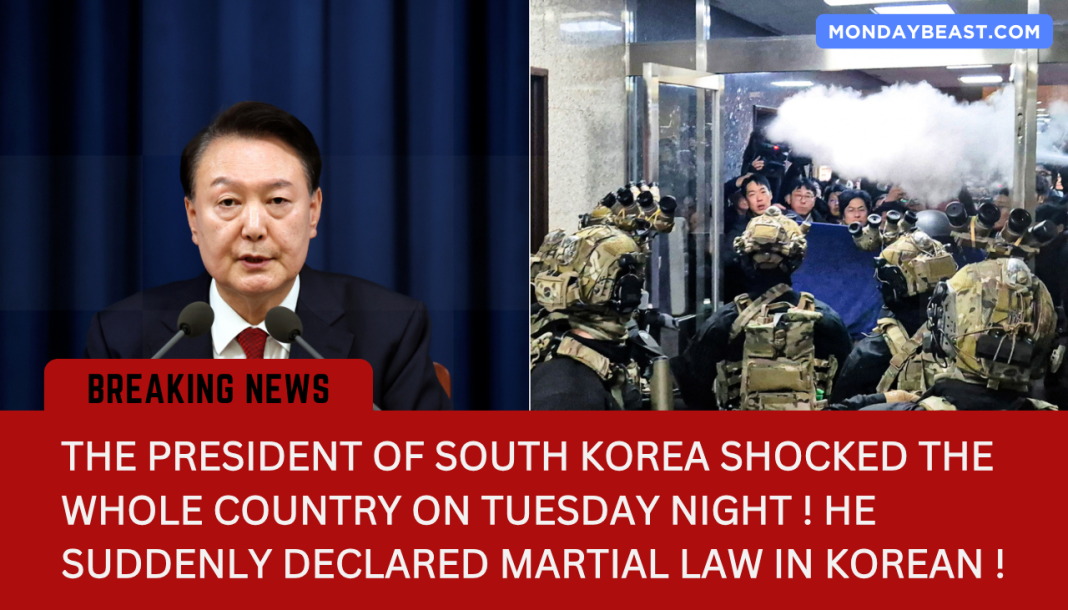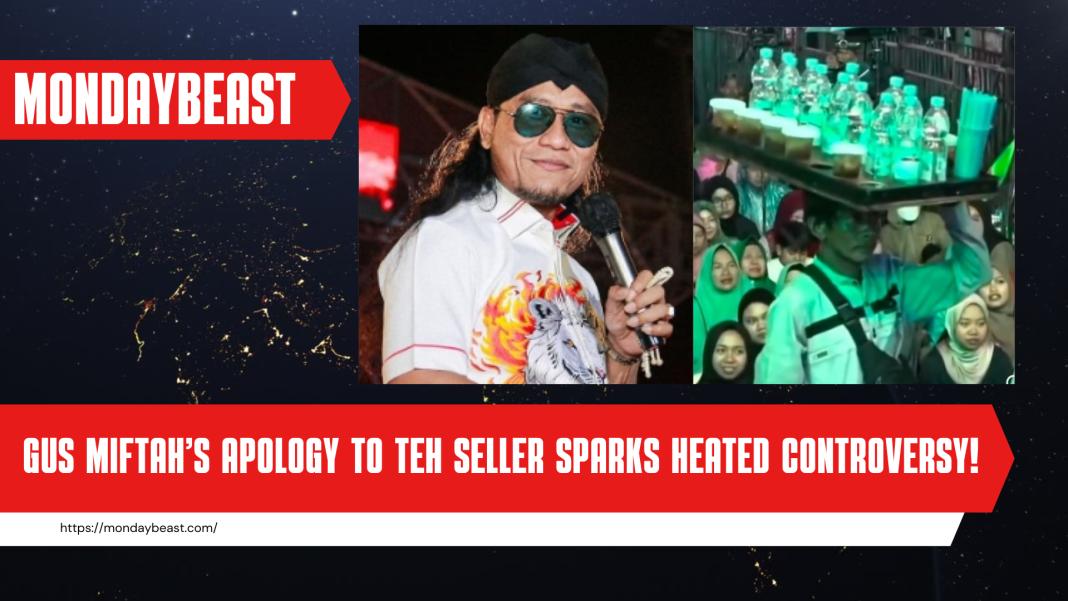Introduction: A Historic Announcement
On December 3, South Korea faced a shocking moment in its democracy. President Yoon Suk-yeol announced martial law on live television. This was the first time in nearly 50 years, a move laced with controversies and contradictions. The nation watched as Yoon claimed the need to combat ‘anti-state forces’ and did so with military presence and threats looming over modern civil liberties. But as the dust settled, many questioned the real intent behind his decree. Why would a president of a democratic nation choose to act in such a perplexing manner?
The Context of Martial Law
Martial law allows military control in emergencies. Last invoked in 1979, it has not been part of South Korean governance since becoming a parliamentary democracy in 1987. Yet, here was Yoon claiming to save the nation from a supposed North Korean threat. This was unexpected, almost a knee-jerk reaction to a political crisis. The declaration quickly turned from an assertion of power to a catalyst for chaos.
Political Troubles and Desperation
What drove Yoon to take such drastic measures? His political troubles were mounting. An opposition party dominated recent elections. Strikingly low approval ratings suggested a president under siege, reduced to desperation. Scandals plagued his government, tainting his credibility. When faced with potential impeachment, he chose not to negotiate but to control.
Public Response and Political Backlash
As tensions escalated, protests erupted almost immediately. Thousands of South Koreans filled the streets, rallying against martial law. They chanted calls for democracy and accountability, embodying resistance against perceived tyranny. Opposition lawmakers rushed to counter Yoon’s move, labeling it illegal and unconstitutional. The clash between government and citizens mirrored struggles seen in history.
A Brief Glimmer of Military Power
Yoon’s decree temporarily bestowed powers onto the military. Soldiers were deployed to strategic locations, like the parliament building. Images of armed personnel and helicopters evoked fears of overreach. This was not a peacekeeping mission; it was an assertion of military might against the backdrop of civil unrest. Ironically, the military’s presence may have underscored the government’s insecurity.
Second Thoughts and Immediate Consequences
Within hours, the National Assembly voted against martial law. Yoon’s proclamation lasted only a few hours before being nullified. The political showdown showcased the resilience of South Korea’s democratic institutions. Observers noted that an overreach like this could damage Yoon’s governing capabilities. No military takeover materialized, but the test of democracy remained—could the government learn from this misstep?
The Wider Implications for Democracy
The entire episode raised fundamental questions regarding democracy in South Korea. Could a country, once hailed as a beacon of democratic success, be stumbling into tyranny? The rapidity of Yoon’s actions prompted fears of an environment hostile to dissent. Experts weighed in, equating Yoon’s actions to moments in other democracies where governance faltered under pressure.
Conclusion: Reflection on Power and Responsibility
So, what does this mean for South Korea moving forward? Yoon’s actions were widely deemed a legal and political miscalculation. The future remains uncertain, but the nation’s principles of democracy must withstand pressure. Like a phoenix, South Korea has the opportunity to rise from this chaos, but vigilance will be essential. Events like this encourage reflection—what kind of governance do we want?




